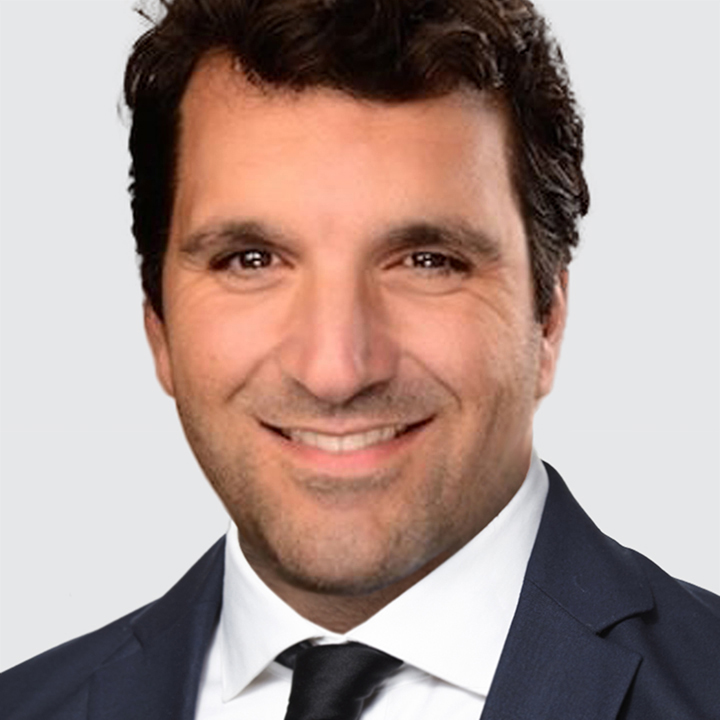U.S. Jobs Report Looms: Will It Shine or Fizzle?
- Non-farm payrolls are expected to rise 150k which would above the average monthly gain of 116k over the prior 3 months.
- BOE Chief Economist Huw Pill speaks today. Risk is he’s not as dovish as Governor Andrew Bailey.
- Australian households continue to curb spending. RBA cash rate futures price-in 60% odds of a 25 bp cut by December.
The rally in the dollar index (DXY) paused after appreciating by over 1.6% this week. US and European equity futures are up slightly. Gold prices are near record highs. Crude oil prices are steady around a one month high, supported by the likelihood of Israel striking Iran’s energy sites. U.S. President Joe Biden said yesterday “we’re discussing” whether to support an Israeli attack on Iranian oil infrastructures.
The real prospect of a full-blown war between Iran and Israel will continue to dominate financial market action in the near-term. Absent this major geopolitical uncertainty, the global macro backdrop would be favorable for risk assets. China has turned-on the policy tap, and the Fed is dovish while the U.S. economy is strong.
Indeed, the U.S. economy remains in a good place. The ISM services index overshot expectations in September rising to a 19-month high at 54.9 (consensus: 51.7) vs. 51.5 in August. Business Activity and New Orders sub-indexes made the largest contributions to the pick-up in services sector growth momentum.
Disappointingly, the employment sub-index fell back below the 50 boom/bust threshold to a three-month low at 48.1. However, the September Challenger job report did not suggest a layoff spiral was underway. U.S.-based employers announced 72,821 cuts in September, a 4% decrease from the 75,891 cuts announced in August.
Fed funds futures have modestly trimmed odds of 75 bp of rate cuts by year-end this week. Today’s September non-farm payrolls report can lead to a more material upward adjustment to the Fed funds future curve in favor of USD and Treasury yields (1:30pm London).
Non-farm payrolls are expected to rise by 150k following an increase of 142k in August which would above the average monthly gain of 116k over the prior 3 months. The unemployment rate is projected to remain at 4.2% on an unchanged participation rate of 62.7%. Average hourly earnings are forecast to rise 0.3% m/m vs. 0.4% in August and remain at 3.8% y/y for a second consecutive month.
New York Fed President John Williams will have an opportunity to comment on today’s non-farm payrolls report as he’s scheduled to give opening remarks at an event called “The Future of New York City: Focus on Jobs.” (2:00pm London). A text of his remarks will be published but there is no Q&A session.
Dockworkers at U.S. East and Gulf coast ports will resume work today after suspending the strike until January 15. Bloomberg reports that the cargo backlog from three days of port closures is likely to take 12 days to clear. As such, the economic loss from the shutdown which began Tuesday is minimal.
GBP is holding on to most of yesterday’s losses triggered by Bank of England (BOE) Governor Andrew Bailey’s dovish curve ball. It will be interesting to see today how BOE Chief Economist Huw Pill spins his bosses’ comments about the possibility of more aggressive rate cuts. The title of Pill’s speech is “What’s next for the UK economy?” (8:55am London). Pill leans on the hawkish side of the Monetary Policy Committee as he was one of four who voted to hold rates steady in August. The BOE ultimately cut rates by 25 bp to 5.00% in a 5-4 split decision.
USD/JPY retraced recent solid gains but is still up over 2.7% this week. Nevertheless, the looser for longer Bank of Japan (BOJ) policy stance can further weigh on JPY. Pre-election fiscal sweeteners are unlikely to change the BOJ’s more cautious approach to remove policy accommodation because most members view financial market as is still unstable. Japan’s Prime Minister Shigeru Ishiba instructed his cabinet to draw up a package of economic measures aimed at reducing the impact of high prices and support growth. A general election in Japan is set to take place October 27.
AUD/USD is consolidating near yesterday’s lows. Australian household spending unexpectedly stalled month-on-month in August (consensus: +0.5% m/m) after falling -0.5% m/m in July and June. The data is in sharp contrast to the retail trade number published Monday which showed sales surged 0.7% m/m in August. The household spending print is more comprehensive as it covers around 68% of household consumption, compared to the 33% covered by the retail trade data. Of note, the ABS plans to stop the retail trade publication in August 2025. Bottom line: we expect the RBA to cut the cash rate target by year-end because Australia underlying economic activity is weak and points to lower inflation pressures. RBA cash rate futures price-in 60% odds of a 25 bp cut by December.

